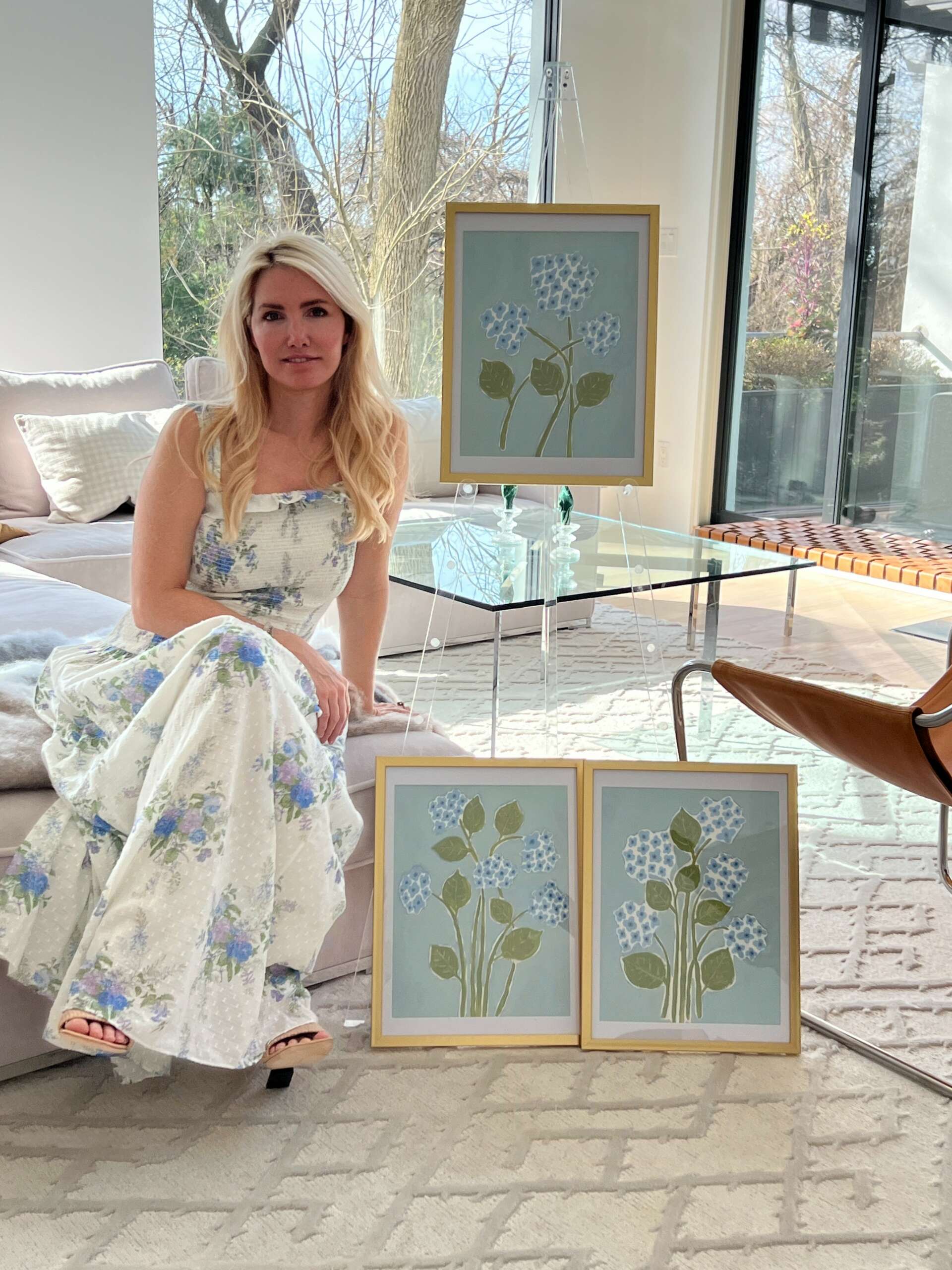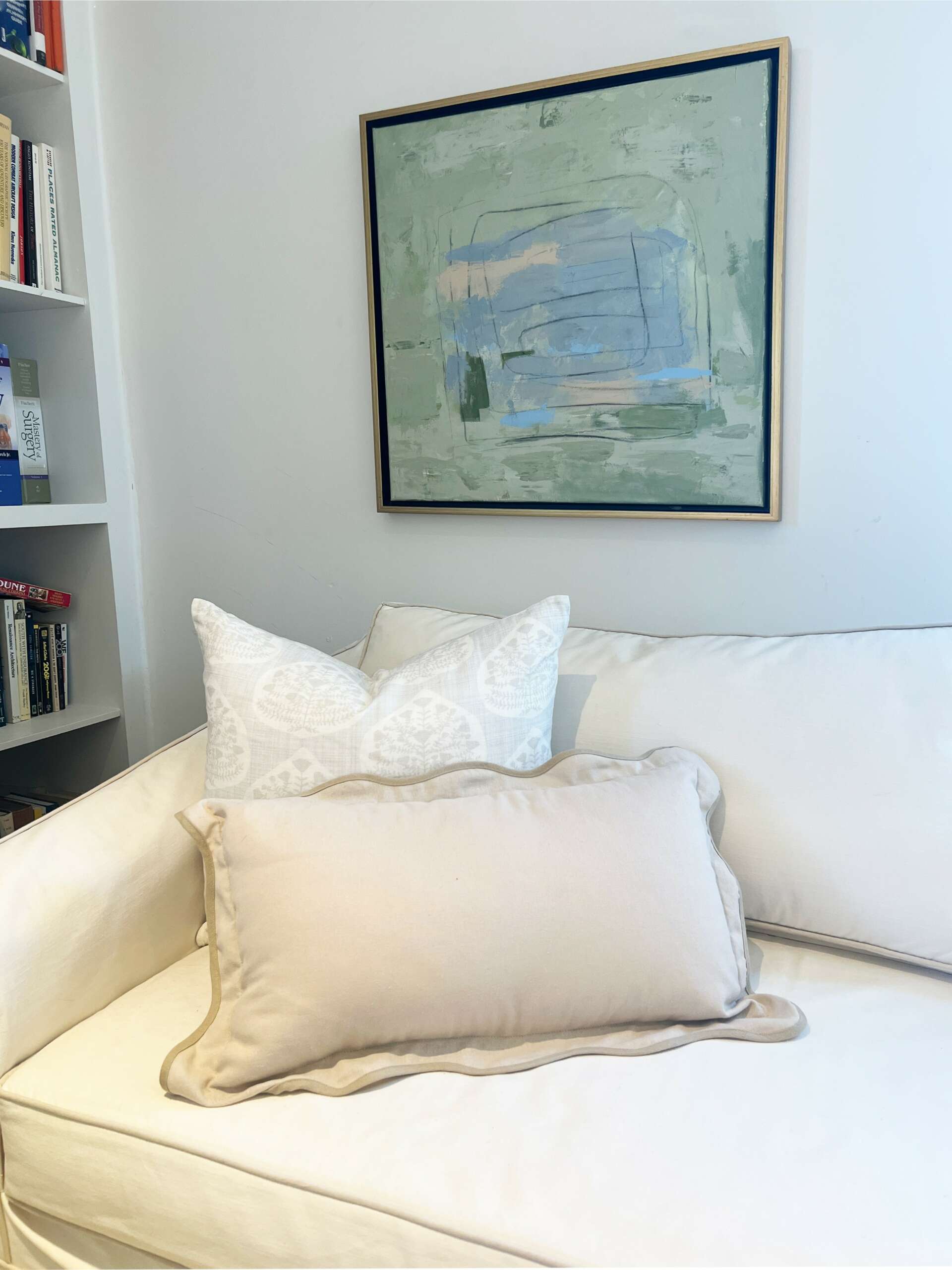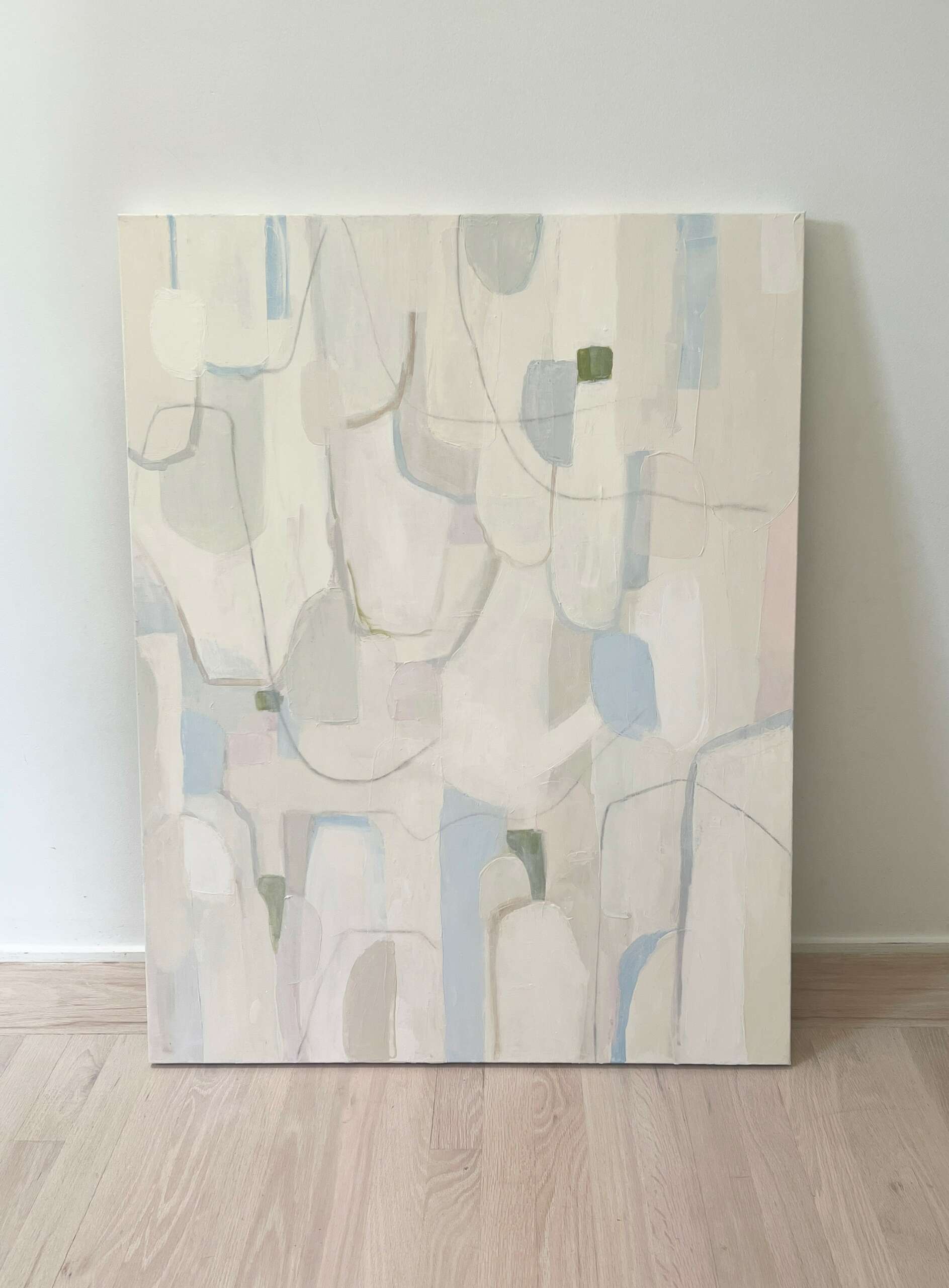We caught up with the brilliant and insightful Hallie Henderson a few weeks ago and have shared our conversation below.
Hallie, thanks for joining us, excited to have you contributing your stories and insights. Getting that first client is always an exciting milestone. Can you talk to us about how you got your first customer who wasn’t a friend, family, or acquaintance?
My journey into the world of online business began on Etsy, a platform I found incredibly welcoming for new entrepreneurs. I started by offering downloadable prints, focusing on a niche that I felt passionate about—watercolor nursery prints. I was drawn to creating whimsical and fun watercolor prints for nurseries and children’s rooms, a choice deeply influenced by my own experiences and joys as a mom.
The very first print I sold was a watercolor insect print. I remember feeling a mix of excitement and nervousness as I listed it, wondering how it would be received. To my delight, it caught the attention of a customer who was decorating their newborn’s nursery. The sale was more than just a transaction; it was a confirmation that there was a market for my art and that others shared my appreciation for gentle, nature-inspired designs.
This initial success on Etsy was pivotal. It not only boosted my confidence but also affirmed my commitment to my craft and my business. It taught me the importance of understanding my audience and consistently delivering work that resonates with clients.


Awesome – so before we get into the rest of our questions, can you briefly introduce yourself to our readers.
Originally from a finance background, my career took a transformative turn when I decided to fulfill my lifelong desire to be both a stay-at-home mom and a creative professional. Named after both of my grandmothers, who were both artists, I was fortunate to inherit their artistic passion. My paternal grandmother taught me to paint on canvas, a skill that has become my sanctuary and joy.
I am immensely proud of the versatility in my work. I thrive on experimenting with my style and exploring new painting techniques, always eager to see how each project evolves uniquely. This desire for creativity extends beyond my art—it influences my approach to home decor. Unlike mainstream options available at large retailers like Target or Amazon, I seek out items that are distinctive and not found everywhere. That’s why all my products are crafted in small batches, personally designed and imbued with my artistic vision.
My portfolio has expanded significantly over time. Originally focusing on canvas paintings, I have since ventured into creating unique designs for candle holders, candles, and even diversified into home accessories and everyday items. My designs now grace throw pillows, coffee cups, planners, and stationery, each item reflecting a piece of my artistry and passion. My goal is to offer products that not only enhance the beauty of a space but also resonate with the personal style and values of my clients, making each piece truly special.


We’d really appreciate if you could talk to us about how you figured out the manufacturing process.
Absolutely, I ventured into manufacturing to consistently offer my art in forms that encourage repeat purchases. Traditional art pieces are often unique, limiting repeat business opportunities. By offering manufactured products, I can reach a wider audience and streamline the process, allowing for quicker shipment times.
I initiated this journey by tapping into the knowledge and experiences of fellow artists. They provided invaluable insights and recommendations for trustworthy manufacturers. Additionally, I utilized online platforms, including Alibaba, to broaden my search. This approach was instrumental in discovering partners that align with my commitment to quality and affordability.
I started by ordering samples, which is a crucial step. This allowed me to personally assess the quality and ensure the products met my standards before presenting them to my customers.
One major lesson I’ve learned is the importance of cost management. Manufacturing can be pricey, making print-on-demand services a fantastic starting point. They allow for flexibility in testing different products without significant initial investment. This method also helps gauge market interest and determine which products are likely to succeed on a larger scale before committing to more extensive manufacturing runs.
Navigating the manufacturing landscape has its challenges, but the opportunity to seamlessly offer my art in accessible and varied formats has been incredibly rewarding.
We’d love to hear your thoughts about selling platforms like Amazon/Etsy vs selling on your own site.
I operate my own website and also maintain storefronts on Etsy and recently began selling on Faire. I initially chose Etsy as my primary platform because of its user-friendly setup and its effectiveness in attracting customers. The platform offers robust tools for advertising, SEO optimization, and social media integration, which are fantastic for driving traffic.
However, one downside to using Etsy is the high level of competition, which can make standing out more challenging. Additionally, selling through Etsy doesn’t allow me to cultivate my own client list as directly as I can through my website.
I’ve opted not to sell on platforms like Amazon, as the audience there doesn’t align with my target demographic. My ideal customers are more likely to frequent Etsy, making it a better fit for my brand. This strategic approach allows me to better connect with my intended audience and tailor my marketing efforts more effectively.
Contact Info:
- Website: sweetpeaandwhimsy.com
- Instagram: @sweetpeaandwhimsy
- Facebook: sweetpeaandwhimsytoo


